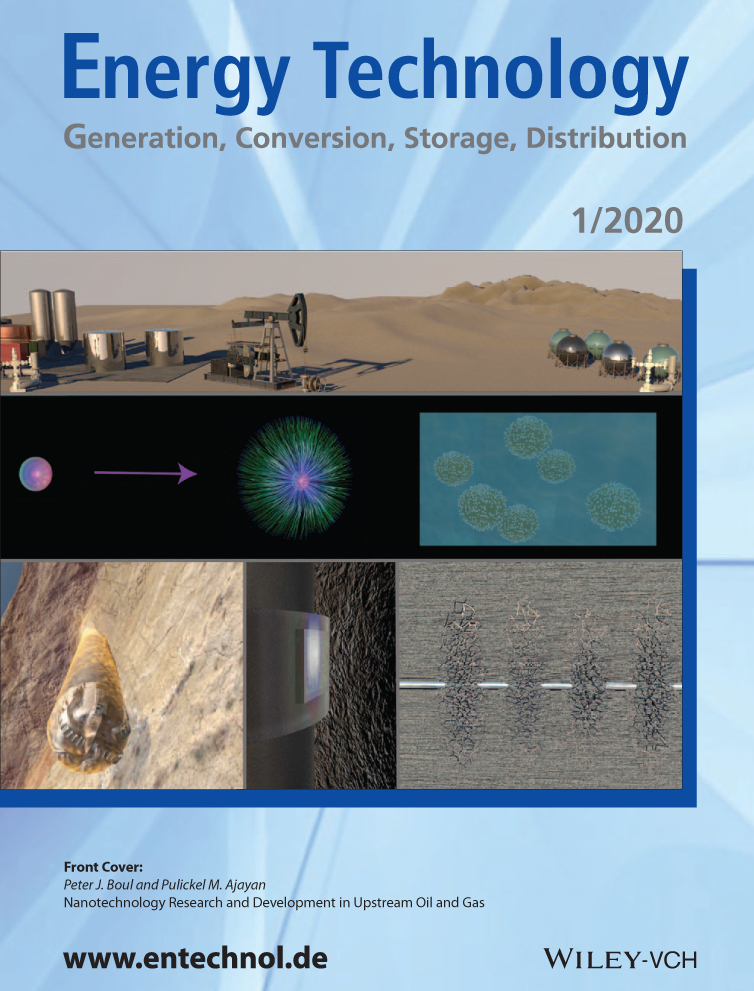Defect-Rich Graphene Architecture Induced by Nitrogen and Phosphorus Dual Doping for High-Performance Supercapacitors
Abstract
Heteroatom modification of graphene is a promising strategy to improve the electrochemical performance of supercapacitors. Herein, the heteroatom (N and P) dual-doped reduced graphene architecture (NP-rGA) is constructed via the combination of ice-template and thermal activation approaches. The interconnected morphology and surface chemical state of NP-rGA is confirmed by various microscopic and spectroscopic analyses. The formation of N- and P-containing functional groups acts as primary electroactive sites for the fast accommodation/relaxation of protons or electrons. Furthermore, NP-rGA exhibits a significant improvement in pseudocapacitive behavior in contrast to rGA, such as high specific capacitance (307.8 F g−1), excellent rate capability (85.7%), and cyclic stability of 100.1% of its initial cycle. These excellent electrochemical evidences can be assigned to the synergistic effect of hierarchical structure and uniform heteroatom (N and P) doping.
Conflict of Interest
The authors declare no conflict of interest.




